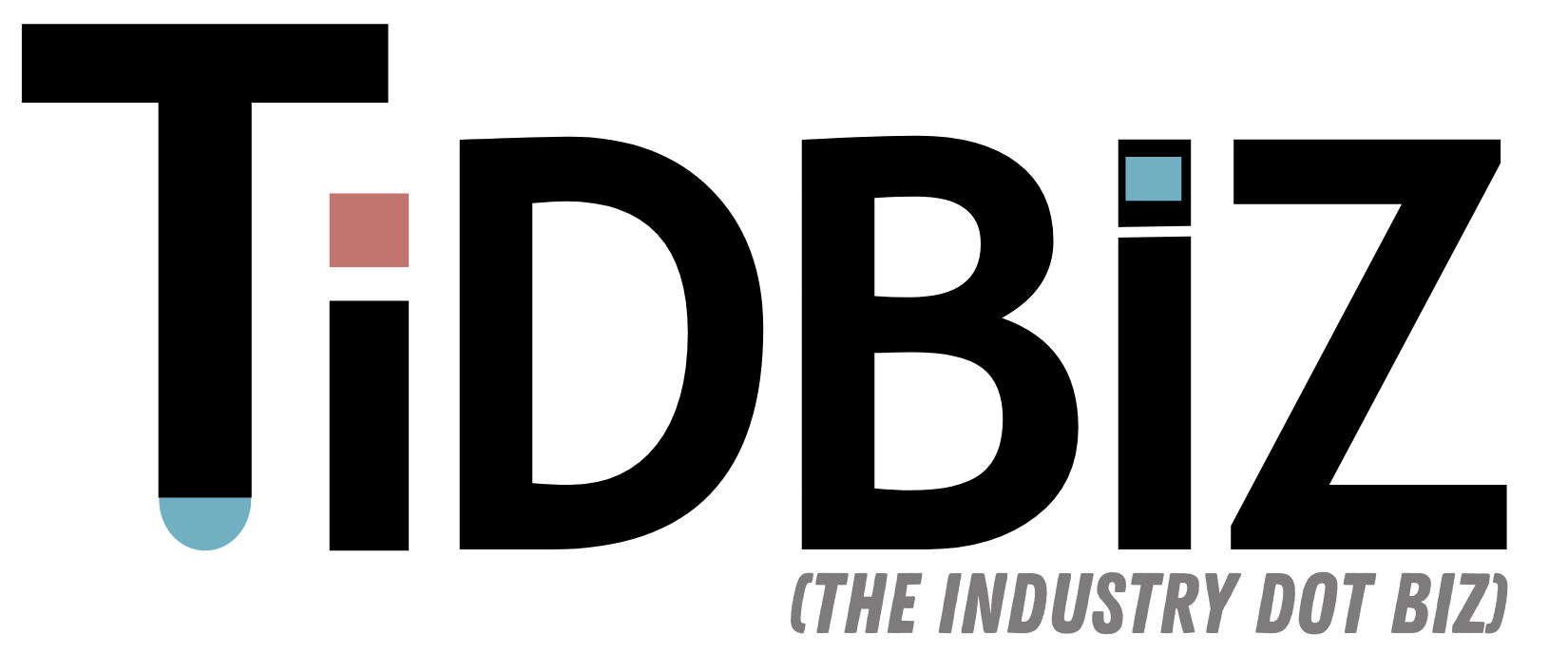Stabilizing Housing Prices
Current Market Trends Lawrence Yun, Chief Economist at the National Association of Realtors (NAR), discussed the stabilization of housing prices after significant increases over the past few years. Home prices have surged by 40-50% from pre-2019 levels, outpacing income growth. The rise in mortgage rates has also impacted affordability, making it challenging for buyers to enter the market.
Increasing Inventory Despite many homeowners having low mortgage rates of 3-4%, some are selling due to life-changing circumstances, such as downsizing or relocating. This increase in inventory is expected to halt the rapid acceleration of home prices, leading to slight, more stable growth.
Dynamics in the Rental Market
Influence on Home Buying High rental prices are pushing first-time buyers to purchase homes despite high mortgage rates. Yun noted a recent uptick in first-time buyers, indicating their willingness to endure higher initial mortgage payments for long-term financial benefits, such as fixed payments and potential wealth building.
Federal Reserve and Mortgage Rates
Impact of Fed Policies Yun explained that the long-term average mortgage rate is around 7%, higher than the 4-5% average of the past decade. He argued that the Federal Reserve should cut interest rates to stimulate construction activity. Higher financing costs have reduced apartment construction, potentially leading to a housing shortage and future inflation.
The New Normal for Mortgage Rates
Future Expectations Yun predicted that the new normal for mortgage rates would be around 6%. Despite potential rate cuts by the Federal Reserve, mortgage rates are unlikely to return to the 3-5% range. Factors such as large federal budget deficits and government borrowing will limit mortgage lending availability, making 6% the expected norm for consumers.
Conclusion
Lawrence Yun’s insights suggest a stabilizing housing market with increased inventory and a new normal for mortgage rates around 6%. First-time buyers continue to enter the market despite high rates, and federal policies may need adjustment to prevent future inflation and encourage construction.



